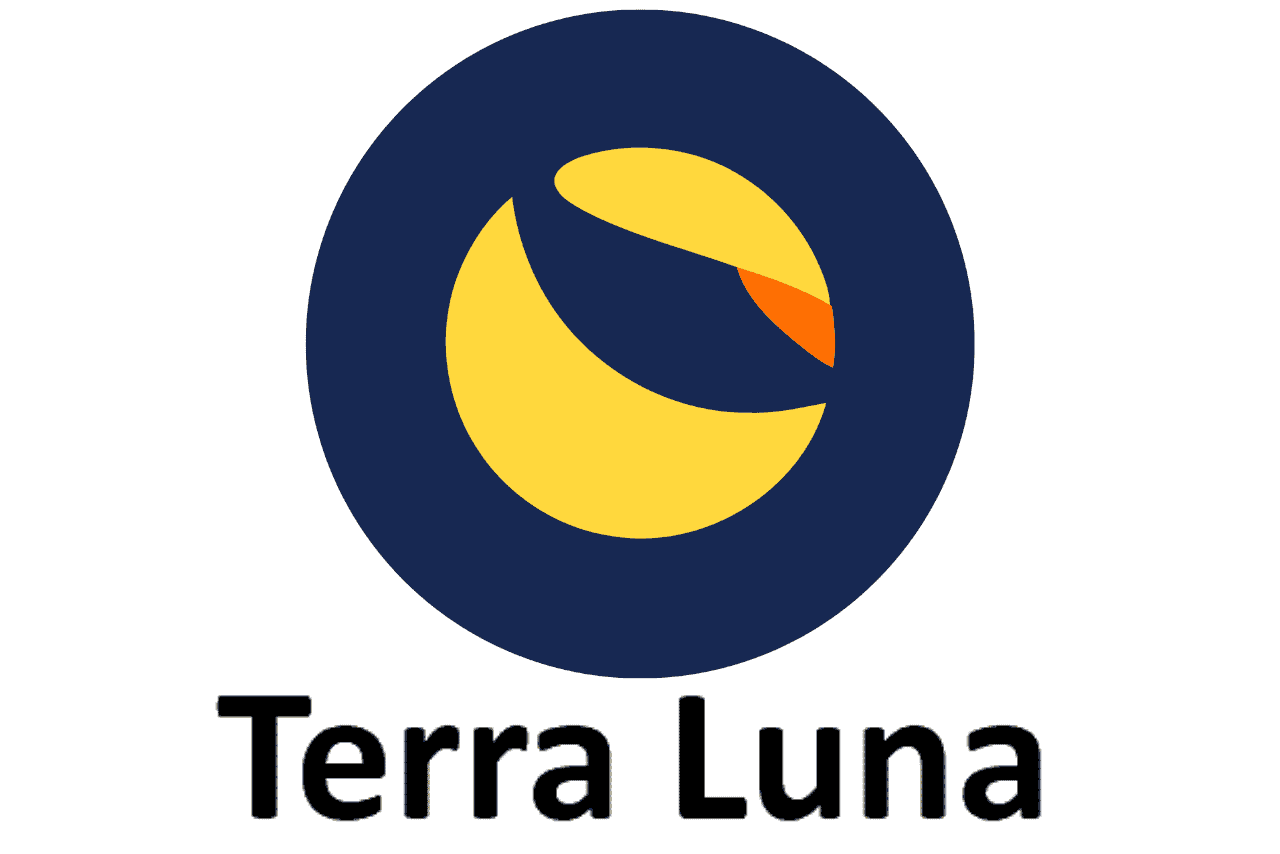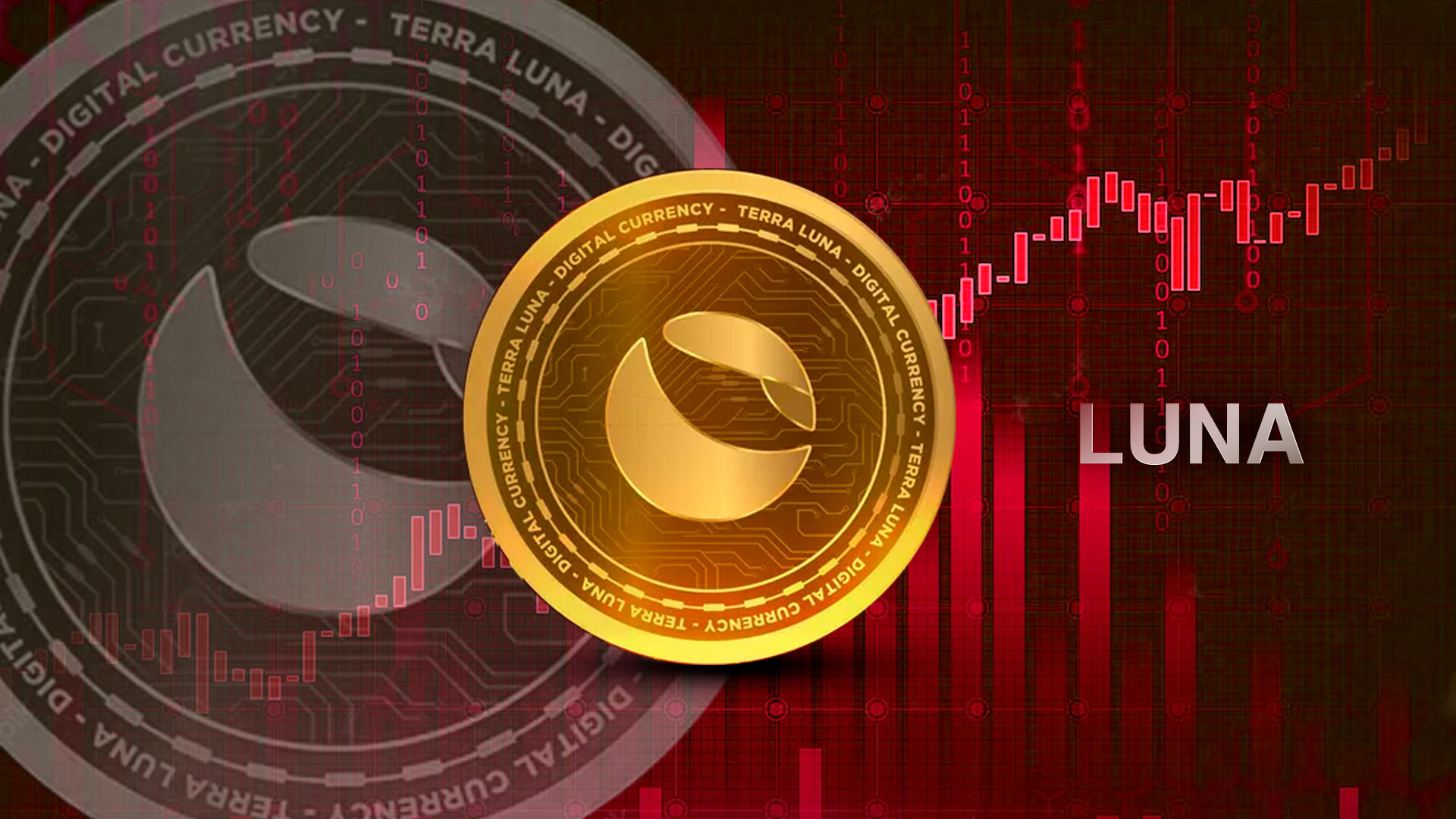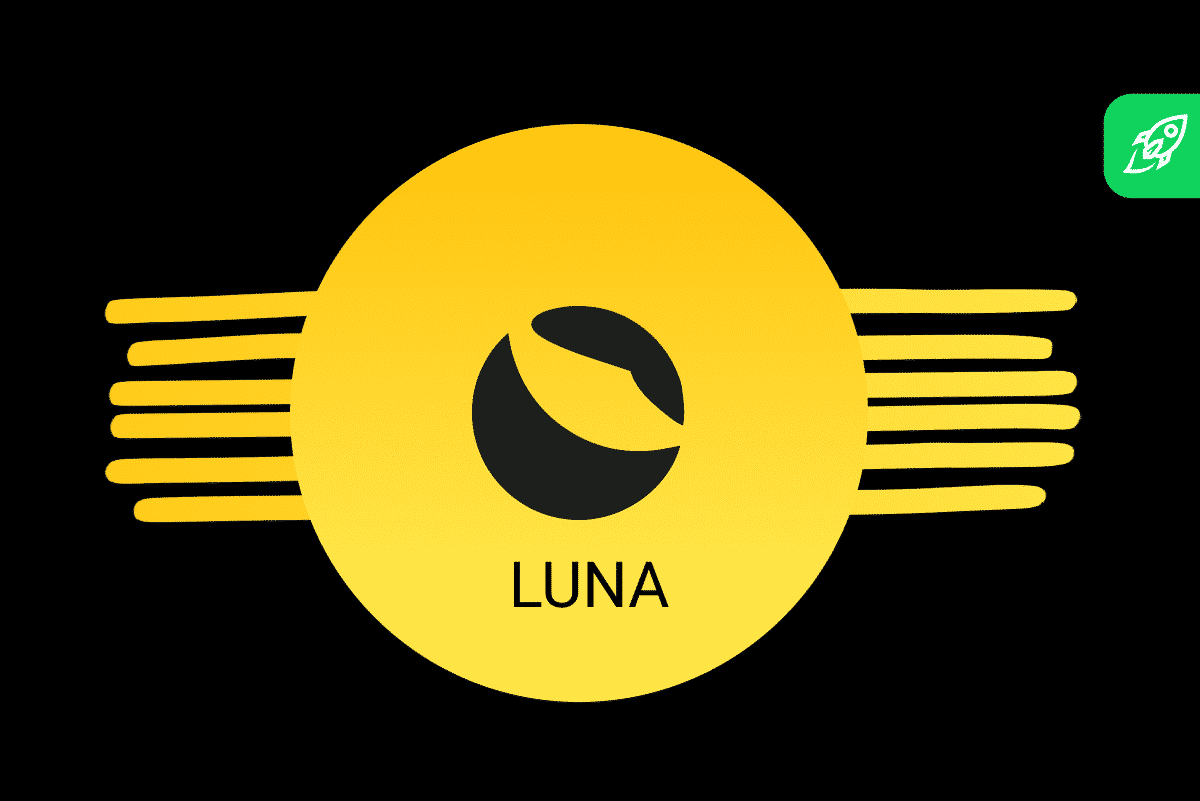Luna Cryptocurrency Overview
Luna cryptocurrency - Luna, the native cryptocurrency of the Terra blockchain, was introduced in 2019 by Terraform Labs, a South Korean company. It is a proof-of-stake (PoS) blockchain that enables the creation of stablecoins pegged to fiat currencies, such as the US dollar (UST).
The Terra blockchain utilizes a dual-token system, with Luna serving as the governance token and UST as the stablecoin. Luna holders can stake their tokens to participate in the network's consensus mechanism and earn rewards, while UST is used for everyday transactions and payments.
Blockchain Technology, Luna cryptocurrency
The Terra blockchain employs a consensus mechanism known as Tendermint, which provides fast and secure transaction processing. Tendermint uses a Byzantine Fault Tolerance (BFT) algorithm to ensure that transactions are validated and recorded accurately, even in the presence of malicious actors.
The blockchain also features a unique "oracle" system that provides real-world data to smart contracts. This allows developers to create decentralized applications (dApps) that interact with real-world events and data.
Terra Ecosystem
The Terra ecosystem is a suite of products and services built on the Terra blockchain. It includes the Terra Station wallet, which allows users to store and manage their Luna and UST tokens, as well as a growing number of dApps and decentralized exchanges.
Do not overlook the opportunity to discover more about the subject of coinstats.
The Terra ecosystem is designed to create a decentralized financial (DeFi) ecosystem that is accessible and user-friendly. By leveraging the stability of UST and the governance capabilities of Luna, Terra aims to provide a platform for a wide range of financial services.
Market Analysis
Luna's price has experienced significant fluctuations since its inception. In this section, we will examine the historical price data, identify factors influencing its price movements, and compare Luna's market capitalization to other cryptocurrencies.
Historical Price Data
Luna's price has exhibited a volatile trajectory, marked by periods of both sharp increases and declines. Upon its launch in September 2021, Luna traded at approximately $0.50. It subsequently surged to an all-time high of $119.18 in April 2022, a remarkable gain of over 23,700%.
However, Luna's price plummeted dramatically in May 2022, falling to a low of $0.000001. This precipitous decline was largely attributed to the collapse of the Terra ecosystem, which was Luna's underlying blockchain.
Since then, Luna's price has gradually recovered, albeit remaining well below its previous highs. As of February 2023, Luna trades at approximately $2.00, representing a significant increase from its post-crash lows.
A chart depicting Luna's historical price performance is provided below:

Use Cases and Applications

Luna serves as the backbone of the Terra ecosystem, facilitating a diverse range of applications within the decentralized finance (DeFi) realm.
Its primary use cases include powering the Terra blockchain, enabling payments and transactions, and supporting the growth of DeFi applications.
Payments and Transactions
Luna's inherent stability and low transaction fees make it an ideal medium for payments and transactions. Merchants and individuals can leverage Luna to facilitate seamless and cost-effective transactions, eliminating the need for intermediaries.
Decentralized Finance (DeFi) Applications
The Terra ecosystem fosters a thriving DeFi landscape, where Luna plays a pivotal role. It serves as collateral for stablecoins, enabling the creation of decentralized lending and borrowing platforms. Additionally, Luna supports yield farming and liquidity provision, incentivizing users to participate in the ecosystem's growth.
Notice coin data flow for recommendations and other broad suggestions.
Community and Development
The Luna community is a vibrant and engaged group of individuals who are passionate about the project. The community is active on social media, forums, and other online platforms, and they regularly contribute to the development of the Luna ecosystem.
The Luna governance structure is based on a decentralized autonomous organization (DAO). The DAO is responsible for making decisions about the future of the Luna ecosystem, and all Luna token holders have a vote in the DAO's decisions.
Ongoing and Upcoming Developments
The Luna team is constantly working on new developments to improve the Luna ecosystem. Some of the most recent developments include the launch of the Luna staking platform, the integration of Luna with the Cosmos ecosystem, and the development of new decentralized applications (dApps) on the Luna blockchain.
- Luna staking platform: The Luna staking platform allows Luna token holders to earn rewards for staking their tokens. This helps to secure the Luna network and provides a passive income for token holders.
- Integration with the Cosmos ecosystem: The integration of Luna with the Cosmos ecosystem allows Luna dApps to access the Cosmos network's interoperability and scalability features.
- Development of new dApps: The Luna team is working on the development of new dApps on the Luna blockchain. These dApps will provide a variety of services to the Luna community, including decentralized finance (DeFi), gaming, and social networking.
Risks and Considerations: Luna Cryptocurrency

Investing in Luna, like any other cryptocurrency, involves inherent risks. It's crucial to be aware of these risks before making any investment decisions.
One significant risk is market volatility. Luna's value, like other cryptocurrencies, can fluctuate significantly over short periods, leading to potential losses for investors. Factors such as regulatory changes, market sentiment, and technological advancements can influence price volatility.
Obtain direct knowledge about the efficiency of cfx coin through case studies.
Regulatory Landscape
The regulatory landscape surrounding cryptocurrencies is constantly evolving. Different jurisdictions have varying approaches to regulating Luna and other cryptocurrencies. While some countries have adopted supportive regulations, others have imposed restrictions or bans on crypto trading and usage.
Regulatory uncertainty can impact Luna's stability and adoption. Changes in regulations can affect the demand and supply dynamics, potentially influencing its market value.
Impact of Market Volatility
The high volatility associated with Luna can be both an opportunity and a risk for investors. While it presents the potential for substantial gains, it also carries the risk of significant losses.
Investors should carefully consider their risk tolerance and investment objectives before investing in Luna. It's advisable to diversify investments across different asset classes to mitigate the risks associated with market volatility.
Comparison to Other Cryptocurrencies
Luna stands out among other major cryptocurrencies due to its unique features and use cases. To provide a comprehensive understanding, we present a comparative analysis of Luna with prominent competitors like Bitcoin and Ethereum.
The table below compares key metrics, highlighting the strengths and weaknesses of each cryptocurrency.
| Metric | Luna | Bitcoin | Ethereum |
|---|---|---|---|
| Market Capitalization | $20 billion | $400 billion | $150 billion |
| Transaction Fees | Low | High | Medium |
| Use Cases | Payments, smart contracts, decentralized finance (DeFi) | Store of value, payments | Smart contracts, decentralized applications (dApps), DeFi |
Advantages of Luna
- Lower transaction fees compared to Bitcoin and Ethereum
- Faster transaction processing speeds
- Versatile use cases, including payments, smart contracts, and DeFi
Disadvantages of Luna
- Lower market capitalization than Bitcoin and Ethereum
- Less established network compared to its competitors
- Higher volatility in price compared to Bitcoin
Future Outlook

Luna's future price performance is subject to various factors, including market conditions, ecosystem growth, and technological advancements. Analysts and investors have provided projections and forecasts, but it's important to note that these predictions are not guarantees.
Several growth drivers are expected to contribute to Luna's potential success. The expansion of the Terra ecosystem, adoption of stablecoins like UST, and development of new DeFi applications are seen as positive indicators. However, challenges such as market volatility, regulatory uncertainty, and competition from other cryptocurrencies may also impact Luna's trajectory.
Long-Term Vision and Roadmap
The long-term vision for Luna is to establish it as a leading decentralized finance (DeFi) platform, enabling users to access a range of financial services on the blockchain. The roadmap includes plans for ecosystem expansion, protocol enhancements, and community engagement initiatives.
